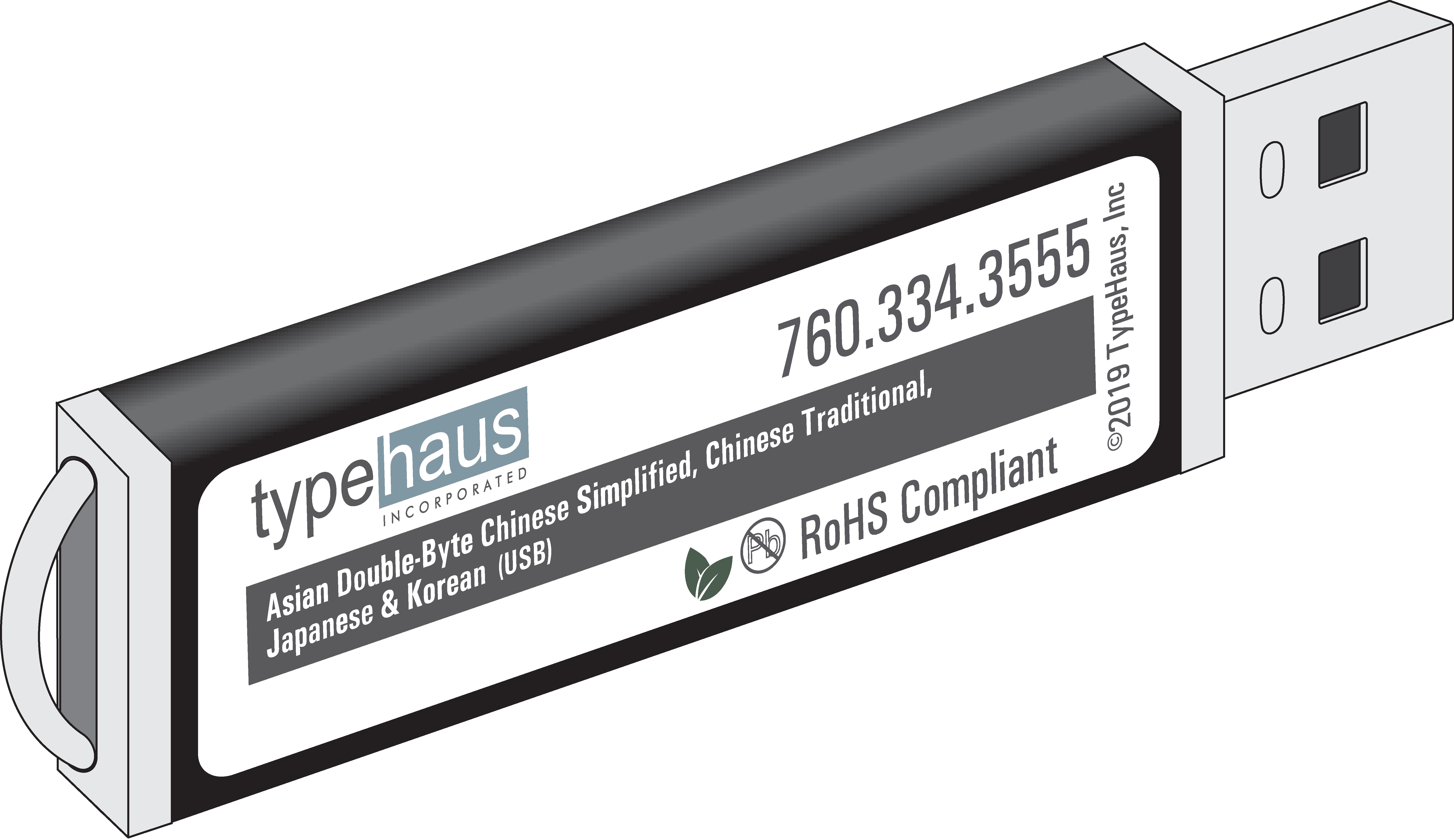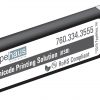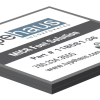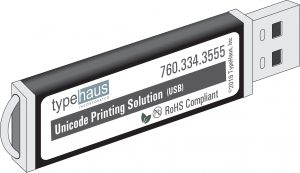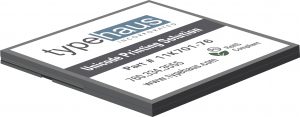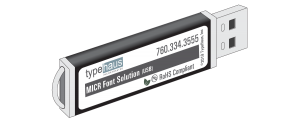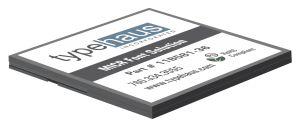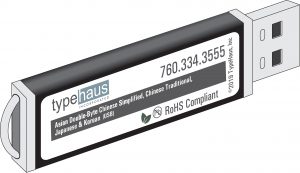Asian Double-Byte Fonts (USB 1.0)
$485.00
Part Number: 11K72K-70
Globalization creates an increasing multi-language demand upon corporate information systems. While Microsoft Windows systems typically provide the multi-language support as part of the operating system, non-Windows environments have traditionally relied upon the printing device to provide these capabilities.
The TypeHaus Asian Double-Byte Fonts Solutions enhance the capabilities of your HP LaserJets to print Asian fonts, thereby eliminating the need for out-dated dot matrix printers often used for Asian text. Depending upon the requirements of the LaserJet model, the fonts reside on a USB, Compact Flash, or DIMM module that easily installs inside your LaserJet printer.

